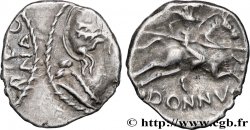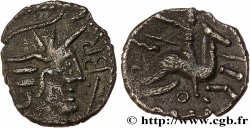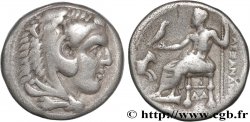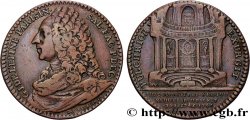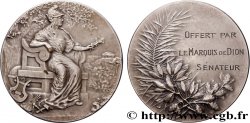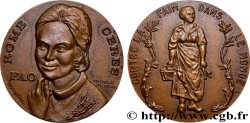E-auction 59-26941 - bga_270095 - GALLIA - RHONE VALLEY Denier au cavalier DVRNACOS / AVSCRO
You must signin and be an approved bidder to bid, LOGIN TO BID. Accounts are subject to approval and the approval process takes place within 48 hours. Do not wait until the day a sale closes to register. Clicking on « bid » constitutes acceptance of the terms of use of cgb.fr private e-auctions.
Bids must be placed in whole Euro amounts only. The sale will start closing at the time stated on the item description; any bids received at the site after the closing time will not be executed. Transmission times may vary and bids could be rejected if you wait until the last second. For further information ckeck the E-auctions F.A.Q.
NO BUYER'S FEE.
NO BUYER'S FEE.
| Estimate : | 125 € |
| Price : | 65 € |
| Maximum bid : | 65 € |
| End of the sale : | 02 June 2014 15:18:30 |
| bidders : | 8 bidders |
Type : Denier au cavalier DVRNACOS / AVSCRO
Date: c. 75 AC.
Metal : silver
Diameter : 15 mm
Orientation dies : 10 h.
Weight : 1,88 g.
Rarity : R1
Coments on the condition:
Flan un peu court et ovale, avec des motifs biens venus. Le droit semble conserver une partie de son brillant de frappe mais le revers a un aspect écrouis sous et devant le cheval
Obverse
Obverse legend : [DV]RNACOS.
Obverse description : Tête casquée de Rome à droite.
Reverse
Reverse legend : [AVSCRO].
Reverse description : Cavalier galopant à droite, le manteau flottant sur l'épaule, tenant une lance de la main droite.
Commentary
La légende DVRNACOS est presque complète et particulièrement nette, mais le revers est comme écrouis au niveau de la légende AVSCRO.
The legend DVRNACOS is almost complete and particularly clear, but the reverse is as if hardened at the level of the legend AVSCRO
The legend DVRNACOS is almost complete and particularly clear, but the reverse is as if hardened at the level of the legend AVSCRO







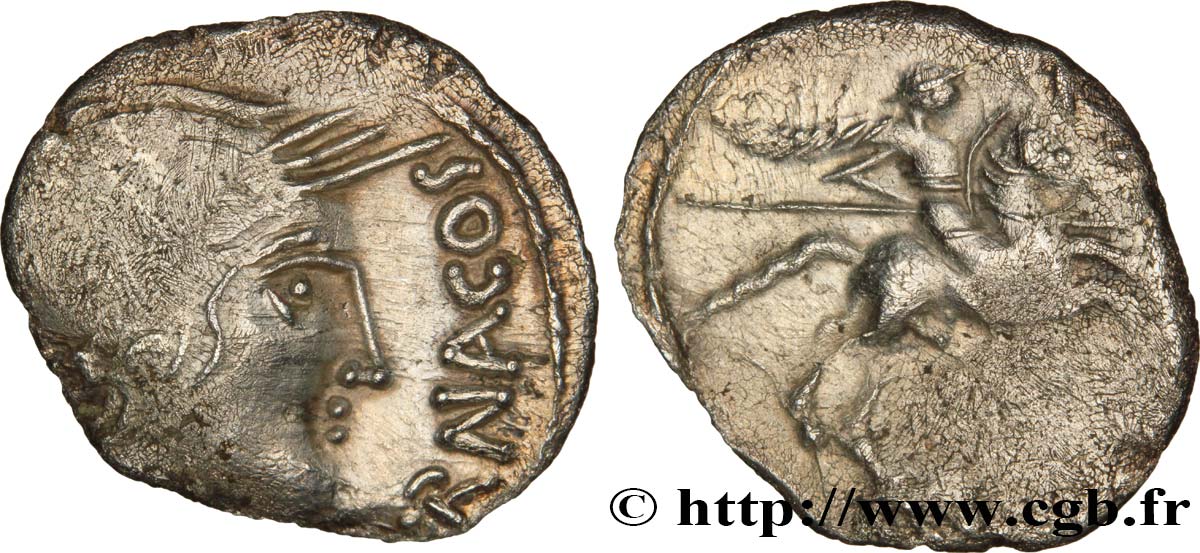
 Report a mistake
Report a mistake Print the page
Print the page Share my selection
Share my selection Ask a question
Ask a question Consign / sell
Consign / sell
 Full data
Full data